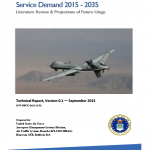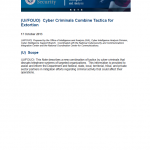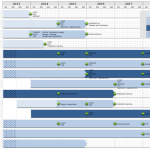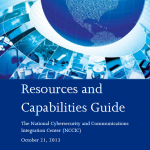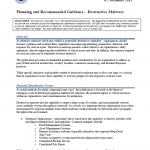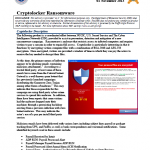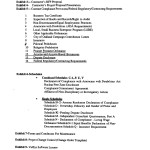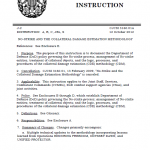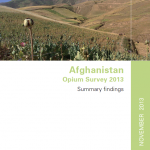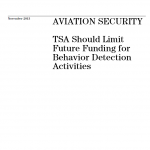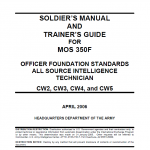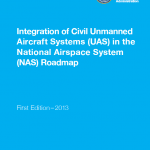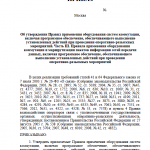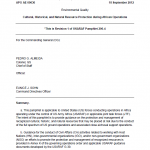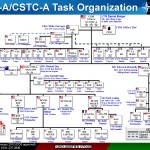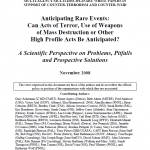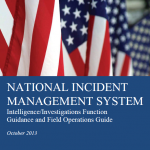
This document includes guidance on how various disciplines can use and integrate the I/I Function while adhering to NIMS concepts and principles. It includes information intended for the NIMS practitioner (including the Incident Commander/Unified Command [IC/UC]) that assists in the placement of the I/I Function within the command structure; provides guidance that may be used while implementing the I/I Function; and has an accompanying Intelligence/ Investigations Function Field Operations Guide (I/I FFOG). While this document provides an example of the I/I Function at the Section level, the IC/UC has the final determination of the scope and placement of the I/I Function within the command structure. The guidance provided in this document is applicable for both domestic incidents that use conventional unclassified information (e.g., open source information, criminal histories, medical records, or educational records) and terrorism incidents where information is often classified and requires the use of national intelligence capabilities.


